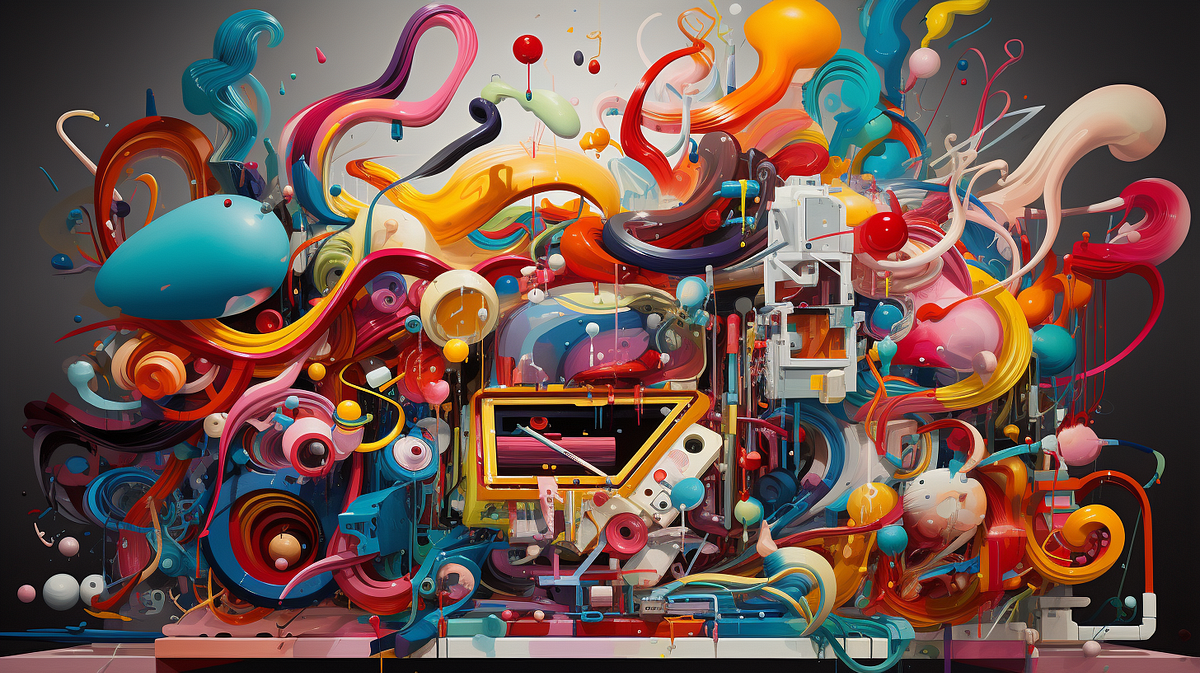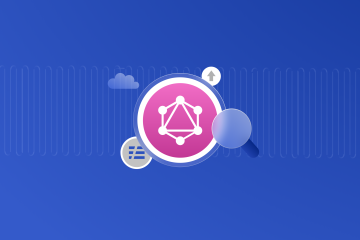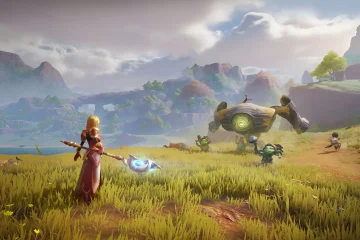The design world is undergoing a massive transformation thanks to artificial intelligence (AI). From creating intricate artworks to generating lifelike images, AI has become an indispensable tool for designers. One of the most exciting developments in this field is the advent of AI image generator.
AI image generators are revolutionizing how designers approach their work. They offer new ways to create, modify, and enhance images, pushing the boundaries of what’s possible in design. In this article, we’ll delve into the capabilities of these innovative tools and explore their impact on various design disciplines.
What is AI Image Generator?
AI image generators are software tools that use artificial intelligence algorithms to create images from scratch or transform existing ones. These tools can produce highly realistic images, abstract art, or anything in between, depending on the input and parameters set by the user.
AI image generators typically use deep learning models, such as Generative Adversarial Networks (GANs), to analyze and understand patterns in data. By training on vast datasets of images, these models learn to generate new images that resemble the input data in style and content.
Types of AI Image Generators
Text-to-Image Generators
These tools can create images based on textual descriptions. For instance, if you type “a serene beach at sunset,” the generator will produce an image that matches this description.
Style Transfer Generators
Style transfer involves taking the style of one image and applying it to another. For example, you can take the style of Van Gogh’s “Starry Night” and apply it to a photograph of a cityscape.
Inpainting Generators
Inpainting tools can fill in missing or damaged parts of an image. This is useful for photo restoration or removing unwanted elements from a picture.
Super-Resolution Generators
These generators enhance the resolution of images, making them sharper and more detailed. They are particularly useful for improving the quality of low-resolution photos.
Applications of AI Image Generators in Design
Graphic Design: AI image generators can assist graphic designers in creating unique visuals, logos, and illustrations. They can quickly generate multiple design options, allowing designers to choose the best one.
Advertising and Marketing In advertising, AI-generated images can be used to create eye-catching visuals for campaigns. They help marketers produce personalized and engaging content at scale.
Fashion Design: Fashion designers use AI image generators to create patterns, textures, and even complete outfits. This technology speeds up the design process and inspires new fashion trends.
Interior Design: Interior designers can use AI tools to visualize spaces with different decor styles. These tools can generate realistic images of how a room would look with various furniture and color schemes.
Advantages of Using AI Image Generators
Speed and Efficiency: AI image generators can produce high-quality images in a fraction of the time it would take a human designer. This allows for faster project turnaround and more efficient workflows.
Cost-Effectiveness: By automating parts of the design process, AI image generators can reduce costs. Companies can save on labor and resources while still achieving top-notch results.
Enhanced Creativity: AI can inspire designers by providing them with unexpected and innovative ideas. It opens up new possibilities and encourages out-of-the-box thinking.
Accessibility for Non-Designers: AI image generators make it possible for individuals with little to no design experience to create professional-quality images. This democratizes the design process and allows more people to express their creativity.
Challenges and Limitations
Ethical Concerns: The use of AI in design raises ethical questions, such as the potential for job displacement and the creation of deepfakes. It’s crucial to consider these implications and use AI responsibly.
Quality Control: While AI-generated images can be impressive, they are not always perfect. Human oversight is necessary to ensure the final product meets quality standards.
Dependence on AI: Over-reliance on AI can stifle human creativity. It’s important to strike a balance between leveraging AI tools and maintaining a human touch in design work.
Future Trends in AI Image Generation
AI image generators are increasingly integrating with AR technology, enabling designers to create captivating and immersive experiences. As AI advances, real-time image generation and instant feedback allow for rapid modifications. This ongoing improvement in AI technology ensures the creation of designs tailored to individual preferences and needs, similar to how aptitude tests can be tailored to assess specific skills and abilities.
How to Get Started with AI Image Generators
Choosing the Right Tool: There are many AI image generators available like Image Upscaler, Dall-E, and Midjourney, each with its own strengths and weaknesses. It’s important to choose a tool that fits your specific needs and project requirements.
Learning Resources and Tutorials: Many online resources and tutorials can help you get started with AI image generators. These include video tutorials, articles, and community forums.
Experimenting with Different Techniques: Don’t be afraid to experiment with different AI tools and techniques. This will help you discover new possibilities and refine your design skills.
Best Practices for Using AI Image Generators
Understanding the limits of AI is crucial for effectively using AI image generators. The most successful outcomes often stem from the fusion of AI capabilities with human creativity. Think of AI as a means to enrich your concepts, not supplant them. Always consider the ethical consequences of employing AI in your design projects. It is important to use these tools conscientiously and acknowledge their potential societal impact.
Conclusion
AI image generators are transforming the design industry, offering speed, efficiency, and new creative possibilities. While there are challenges and ethical concerns, the benefits of these tools are undeniable.
As AI continues to evolve, its role in design will only grow. Embracing this technology and using it responsibly will allow designers to push the boundaries of what’s possible and create truly innovative work.


